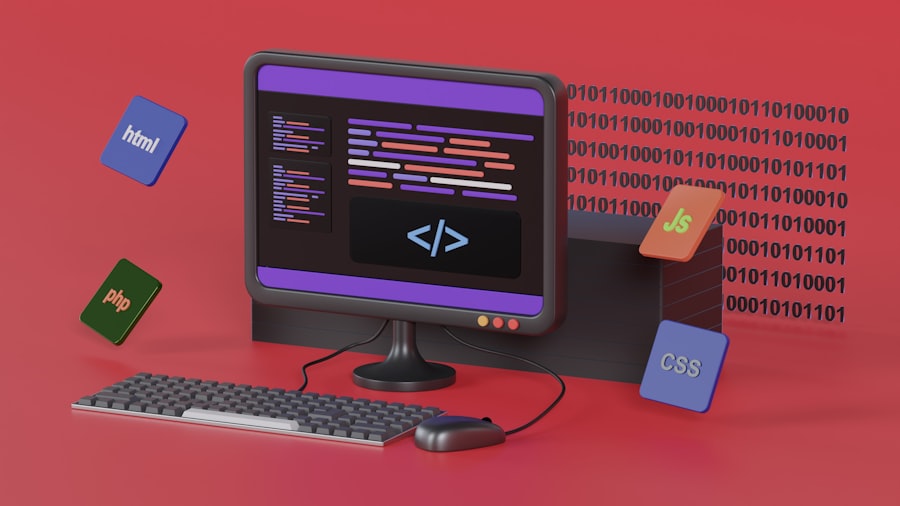Clinical trials are a cornerstone of modern medicine, serving as the primary method for evaluating the safety and efficacy of new drugs, medical devices, and treatment protocols. These meticulously designed studies involve human participants and are essential for obtaining regulatory approval from agencies such as the U.S. Food and Drug Administration (FDA) or the European Medicines Agency (EMA).
The process typically unfolds in several phases, each with distinct objectives and methodologies. Phase I trials focus on safety and dosage, Phase II trials assess efficacy and side effects, while Phase III trials compare the new treatment against standard therapies in larger populations. The culmination of these efforts is not only the advancement of medical science but also the potential to improve patient outcomes significantly.
The importance of clinical trials extends beyond the immediate results; they also contribute to the broader understanding of diseases and treatment responses. For instance, the development of vaccines, such as those for COVID-19, relied heavily on rapid yet rigorous clinical trial processes to ensure safety and effectiveness. Moreover, clinical trials can provide insights into patient demographics, genetic factors, and comorbidities that influence treatment responses.
As such, they play a vital role in personalized medicine, where treatments can be tailored to individual patient profiles based on trial data. However, conducting clinical trials is a complex endeavor that requires meticulous planning, execution, and management.
Key Takeaways
- Clinical trials face complex management challenges that can impact efficiency and outcomes.
- CTMS software streamlines clinical trial processes by organizing data, scheduling, and compliance tracking.
- Key benefits of CTMS include improved data accuracy, enhanced communication, and better regulatory compliance.
- Essential CTMS features include patient management, document control, reporting tools, and integration capabilities.
- Future CTMS trends focus on AI integration, real-time data analytics, and increased automation to optimize trials.
Challenges in Clinical Trial Management
Managing clinical trials presents a myriad of challenges that can impede progress and affect outcomes. One of the most significant hurdles is recruitment and retention of participants. Finding eligible candidates who meet specific inclusion criteria can be a daunting task, particularly for studies involving rare diseases or specific demographic groups.
Additionally, once participants are enrolled, keeping them engaged throughout the trial duration is crucial. High dropout rates can skew results and lead to delays in data collection and analysis. Another challenge lies in regulatory compliance.
Clinical trials are subject to stringent regulations that vary by country and region. Ensuring adherence to these regulations requires constant vigilance and can be resource-intensive. Investigators must navigate complex documentation processes, maintain accurate records, and report adverse events promptly.
Failure to comply with regulatory standards can result in severe consequences, including trial suspension or disqualification of data. Furthermore, managing multiple stakeholders—such as sponsors, regulatory bodies, and research institutions—adds layers of complexity to trial management.
What is CTMS Software and How it Works

Clinical Trial Management System (CTMS) software is a specialized tool designed to streamline the planning, tracking, and management of clinical trials. It serves as a centralized platform that integrates various aspects of trial management, including study design, site management, patient recruitment, data collection, and regulatory compliance. By automating many of these processes, CTMS software enhances efficiency and reduces the likelihood of errors that can arise from manual data handling.
CTMS software operates through a user-friendly interface that allows researchers and trial managers to input data related to study protocols, participant information, and site activities. The system can generate real-time reports on recruitment status, patient demographics, and site performance metrics. Additionally, it often includes features for monitoring compliance with regulatory requirements, ensuring that all necessary documentation is maintained and accessible.
By providing a comprehensive overview of trial progress, CTMS software enables stakeholders to make informed decisions quickly and effectively.
Benefits of Using CTMS Software in Clinical Trials
| Benefit | Description | Impact Metric | Example |
|---|---|---|---|
| Improved Data Management | Centralized storage and easy access to clinical trial data | Reduction in data retrieval time by up to 50% | Faster report generation and data audits |
| Enhanced Patient Recruitment | Automated tracking and management of patient enrollment | Increase in recruitment rate by 30% | Shorter trial start-up times |
| Regulatory Compliance | Built-in compliance checks and audit trails | Decrease in compliance-related delays by 40% | Smoother FDA and EMA inspections |
| Streamlined Workflow | Automation of routine tasks and scheduling | Reduction in administrative workload by 35% | More time for clinical staff to focus on patient care |
| Real-time Monitoring | Instant access to trial progress and data quality metrics | Improved issue detection time by 60% | Proactive management of trial risks |
| Cost Efficiency | Reduction in manual errors and redundant processes | Lower operational costs by 25% | Optimized resource allocation |
The adoption of CTMS software offers numerous benefits that can significantly enhance the efficiency and effectiveness of clinical trials. One of the primary advantages is improved data management. With a centralized system for storing and accessing trial-related information, researchers can minimize data discrepancies and ensure that all stakeholders are working with the most current information.
This level of organization is particularly beneficial in multi-site trials where coordination among various locations is essential. Moreover, CTMS software facilitates better communication among team members and stakeholders. By providing a shared platform for updates and documentation, it reduces the risk of miscommunication that can lead to delays or errors in trial execution.
Enhanced collaboration is especially important in large-scale studies involving multiple investigators and institutions. Additionally, the ability to generate real-time reports allows for proactive monitoring of trial progress, enabling teams to identify potential issues early on and implement corrective actions swiftly.
Key Features of CTMS Software
CTMS software encompasses a range of features designed to address the diverse needs of clinical trial management. One key feature is study planning tools that assist researchers in designing protocols tailored to specific objectives and regulatory requirements. These tools often include templates for common study designs, making it easier for teams to initiate new trials efficiently.
Another critical feature is participant management capabilities. This includes tools for tracking recruitment efforts, managing patient databases, scheduling visits, and monitoring retention rates. Some CTMS solutions also offer electronic consent forms that streamline the enrollment process while ensuring compliance with ethical standards.
Furthermore, robust reporting functionalities allow users to generate customized reports on various metrics such as site performance, patient demographics, and overall trial progress.
Case Studies of Successful Implementation of CTMS Software

Several organizations have successfully implemented CTMS software to enhance their clinical trial operations. For instance, a mid-sized pharmaceutical company faced challenges with managing multiple ongoing trials across different sites. By adopting a CTMS solution, they were able to centralize their data management processes, leading to a 30% reduction in time spent on administrative tasks.
The software’s reporting capabilities enabled them to monitor recruitment rates closely and adjust strategies in real-time, ultimately improving participant retention by 25%. Another example involves a large academic research institution that struggled with compliance issues due to fragmented data systems across various departments. After implementing a comprehensive CTMS platform, they streamlined their documentation processes and improved communication among research teams.
This transition not only enhanced compliance with regulatory standards but also fostered a culture of collaboration among investigators. As a result, they reported a significant increase in the number of successful trials completed within regulatory timelines.
Tips for Choosing the Right CTMS Software for Your Clinical Trials
Selecting the appropriate CTMS software is crucial for optimizing clinical trial management. One essential tip is to assess your organization’s specific needs and workflows before making a decision. Different CTMS solutions offer varying features; therefore, it is vital to identify which functionalities align best with your trial objectives.
For example, if your focus is on multi-site trials, prioritize software that excels in site management capabilities. Another important consideration is user-friendliness. A complex interface can hinder adoption among team members and lead to inefficiencies in trial management.
Opt for software that provides intuitive navigation and comprehensive training resources to facilitate onboarding. Additionally, consider the scalability of the solution; as your organization grows or takes on more complex trials, your CTMS should be able to adapt accordingly without requiring a complete overhaul.
Future Trends in CTMS Software for Clinical Trials
The landscape of clinical trials is evolving rapidly due to advancements in technology and changing regulatory environments. One notable trend is the integration of artificial intelligence (AI) and machine learning into CTMS software. These technologies can enhance data analysis capabilities by identifying patterns in large datasets that may not be immediately apparent to human researchers.
This could lead to more informed decision-making regarding patient recruitment strategies or trial design modifications. Another emerging trend is the increasing emphasis on patient-centric approaches in clinical trials. Future CTMS solutions are likely to incorporate features that enhance patient engagement through mobile applications or telehealth integrations.
By providing patients with easy access to trial information and communication channels with research teams, these tools can improve retention rates and overall participant satisfaction. As the industry continues to adapt to new challenges and opportunities, CTMS software will play an integral role in shaping the future of clinical trial management.




